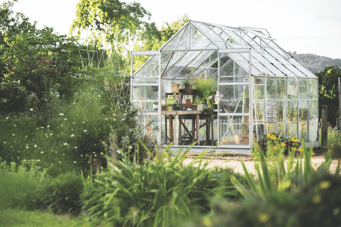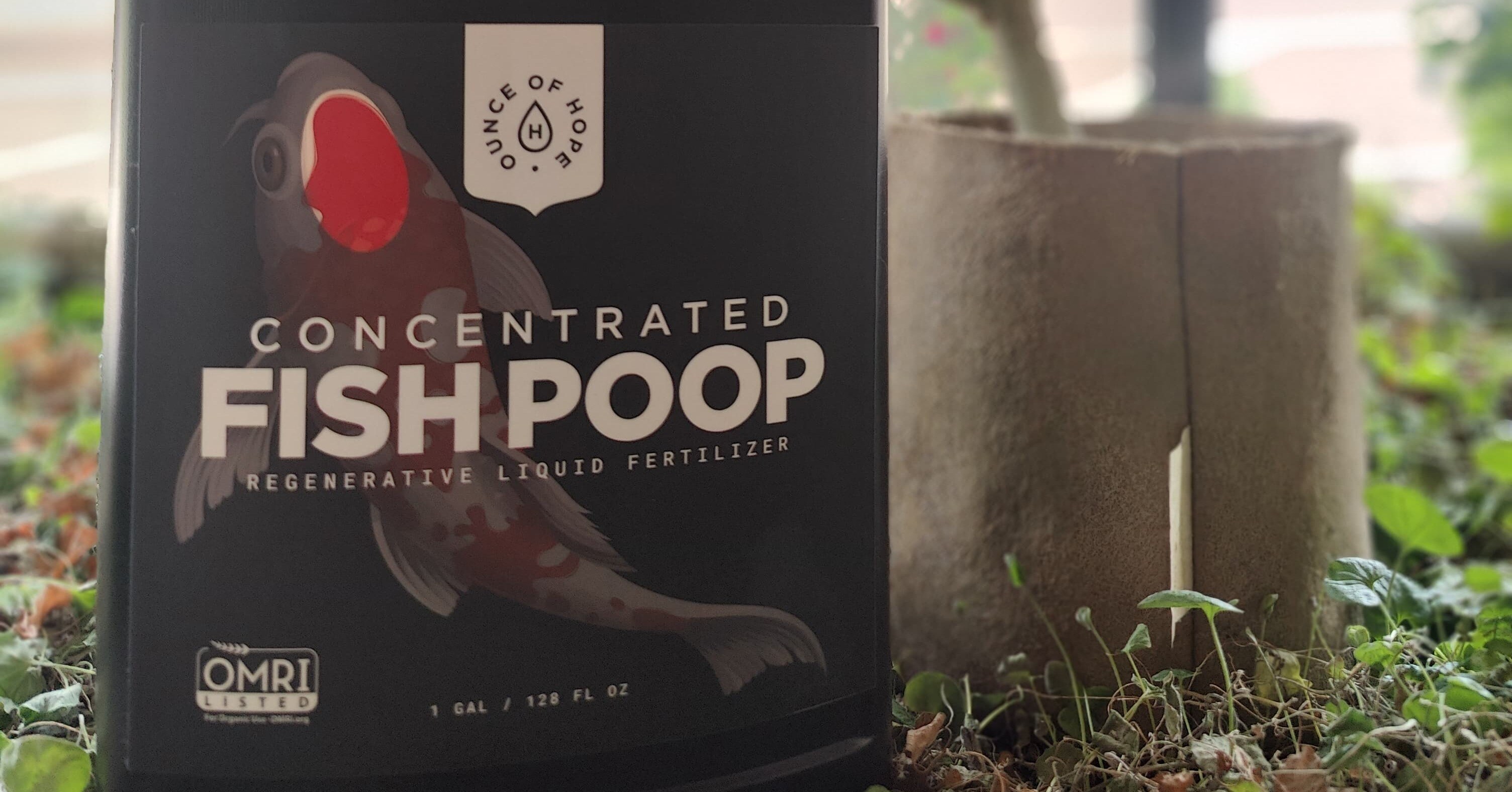Greenscape Inc. Acquires Wakefield Landscaping, Inc.
Greenscape Inc. Announces the Acquisition of Wakefield Landscaping, Inc. RALEIGH, NC—Greenscape Inc., a leading provider of commercial landscape...
As Americans, we tend to be known mostly as consumers. Having a completely self-sufficient lifestyle, responsibly utilizing the Earth’s resources to produce our own food seemed to be second nature to past generations. Currently, there is a renewed interest in returning to these past principles. Efficiently using our resources to create a harvest without waste or damage to the land is the basis of the practice of permaculture.
The term “permaculture” was defined in 1978 by Bill Mollison as:
"The conscious design and maintenance of agriculturally productive systems which have the diversity, stability, and resilience of natural ecosystems. It is the harmonious integration of the landscape with people providing their food, energy, shelter, and other material and non-material needs in a sustainable way."
.png?width=1912&height=1062&name=Hawkins%20Landscape%20Architect%20(3).png)
.png?width=2124&height=1202&name=Hawkins%20Landscape%20Architect%20(1).png)
.png?width=2116&height=1194&name=Hawkins%20Landscape%20Architect%20(2).png)
The principles of permaculture are very common sense and exciting for the eco-responsible gardener. Let's explore them further:
 Use and value renewable resources and services.
Use and value renewable resources and services. Permaculture practices can allow for better use of your land’s resources and create a bountiful harvest while reducing waste for years to come! A wealth of information is available on the USDA’s website at www.nal.usda.gov/legacy/afsic/permaculture.
Lori Hawkins, RLA, ASLA, has been a registered landscape architect for over 30 years. She is registered in both North Carolina and South Carolina and has her own private practice in the Greensboro area. You can follow her on Instagram @3Dlandscapearchitect or check out her website at www.hawkinsla.com for more information.

Greenscape Inc. Announces the Acquisition of Wakefield Landscaping, Inc. RALEIGH, NC—Greenscape Inc., a leading provider of commercial landscape...

MEMPHIS, Tenn., Oct. 01, 2024 (GLOBE NEWSWIRE) -- Ounce of Hope, AKA Ounce of Hope Farms, LLC andFishpoop.com, was OMRI-certified in June 2024. The...

Lake Bluff, IL – April 10, 2025 – Mariani Premier Group announced today the addition of Hazeltine Nurseries, a top Florida-based residential...